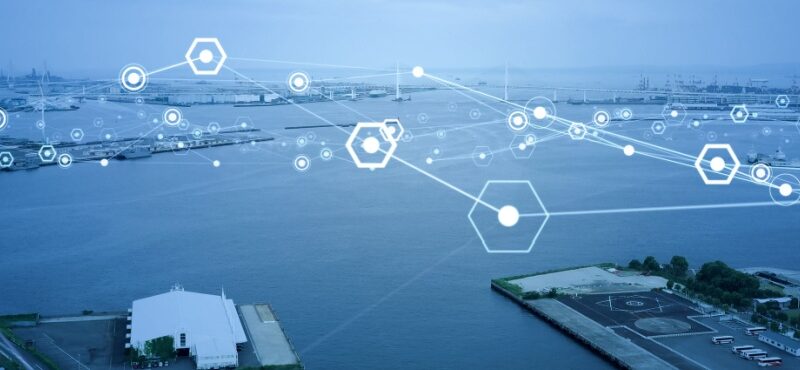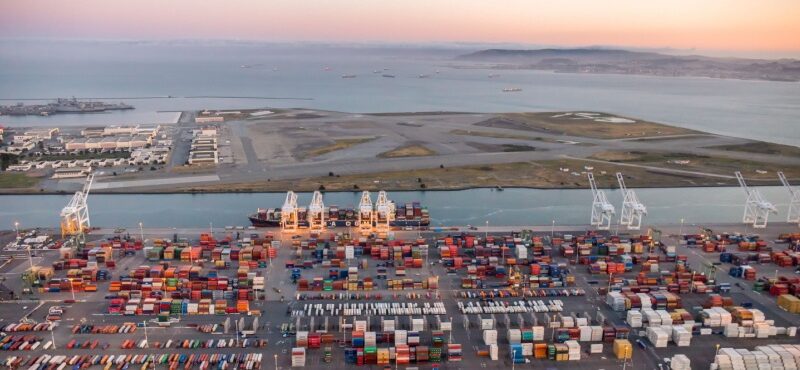Fleet management is a critical aspect of industries such as transportation, logistics, construction, and public safety. Whether managing delivery trucks, emergency response vehicles, or service fleets, businesses must ensure efficiency, real-time coordination, and safety for drivers and assets. Traditional communication methods like cell phones and emails often fail to provide the instant connectivity and reliability needed for fleet operations.
Wireless communication solutions, including two-way radios, GPS tracking, and fleet surveillance systems, have revolutionized fleet management. These technologies help improve coordination, reduce downtime, enhance safety, and lower operational costs.
Real-Time Communication for Improved Coordination
Effective communication is essential for dispatching vehicles, rerouting deliveries, and responding to on-the-road challenges. Two-way radios and push-to-talk (PTT) communication systems provide instant connectivity between drivers, dispatchers, and fleet managers, eliminating delays caused by phone calls or text messages. Unlike cell phones, two-way radios work without relying on network coverage and provide group communication capabilities, allowing multiple team members to coordinate efficiently. This is especially useful in industries like public transit, construction, and emergency services, where real-time updates are necessary for smooth operations.
GPS Tracking for Fleet Monitoring and Safety
Wireless communication systems integrate GPS tracking technology, allowing fleet managers to monitor vehicle locations in real time. This improves route optimization by allowing managers to track vehicles and suggest shorter, traffic-free routes, improving delivery efficiency. GPS tracking also plays a key role in theft prevention by providing real-time location data, helping to recover stolen vehicles quickly. In addition, fleet managers can track driver behavior, including speed, braking patterns, and idle time, ensuring compliance with safety standards and reducing the risk of accidents. By combining GPS tracking with wireless communication, fleet managers can remotely monitor vehicle activity, reduce fuel consumption, and prevent accidents caused by reckless driving.
Enhancing Driver Safety with Fleet Surveillance Systems
Driver safety is a top priority for fleet operators, and wireless surveillance systems provide an extra layer of protection. Modern fleet vehicles are equipped with dash cameras, in-cab monitoring, and AI-driven alert systems, helping to detect distracted or fatigued driving and alert drivers before an accident occurs. Surveillance systems also record incidents for liability protection, providing video evidence in case of disputes. They allow fleet managers to monitor compliance with safety protocols, ensuring that drivers follow company guidelines and industry regulations. Wireless surveillance not only enhances security for drivers and cargo but also reduces insurance costs by lowering accident risks and fraudulent claims.
Fleet Maintenance Alerts and Predictive Diagnostics
Wireless communication technology has transformed fleet maintenance, helping businesses reduce unexpected breakdowns and costly repairs. Modern fleet management systems use IoT sensors to monitor vehicle diagnostics in real time. These systems send automatic alerts for issues such as low tire pressure, engine performance problems, and routine maintenance reminders. Addressing these issues proactively helps prevent costly breakdowns and extends the lifespan of fleet vehicles. By receiving these alerts through wireless communication platforms, fleet managers can schedule preventive maintenance, reducing downtime and increasing operational efficiency.
Reducing Costs with Wireless Communication
Wireless communication solutions help businesses save money by improving operational efficiency and reducing fuel costs. Real-time route optimization prevents unnecessary mileage, leading to lower fuel consumption. Fleet maintenance alerts prevent vehicle breakdowns, reducing costly repairs and unexpected downtime. Improved safety through wireless surveillance and GPS tracking reduces accident risks, which in turn helps lower insurance premiums. By adopting wireless fleet communication tools, businesses can cut operational expenses while ensuring a safer work environment for drivers.
Emergency Response and Crisis Management
In fleet operations, unexpected incidents such as accidents, weather hazards, or vehicle malfunctions can disrupt schedules and impact safety. Wireless communication plays a critical role in emergency response and crisis management by enabling immediate communication between drivers and dispatch teams. GPS-based emergency alerts notify managers of vehicle accidents or breakdowns, allowing for a rapid response. Wireless communication systems also integrate with public safety networks, ensuring that fleet teams can coordinate with first responders when needed. For emergency service vehicles such as ambulances, fire trucks, and police units, wireless communication ensures real-time coordination with dispatchers and hospital networks, ultimately saving lives.
Smarter Fleet Management with Wireless Communication
Wireless communication has transformed fleet management and operational safety, providing real-time connectivity, enhanced tracking, improved driver safety, and cost-saving benefits. From two-way radios and GPS tracking to fleet surveillance and IoT-based maintenance, businesses can optimize their fleet operations and ensure safe, efficient, and seamless transportation.
For businesses looking to upgrade their fleet communication and security systems, Highland Wireless offers cutting-edge solutions tailored to your operational needs. Contact Highland Wireless now to learn how our wireless communication tools can help your fleet stay connected and secure.





